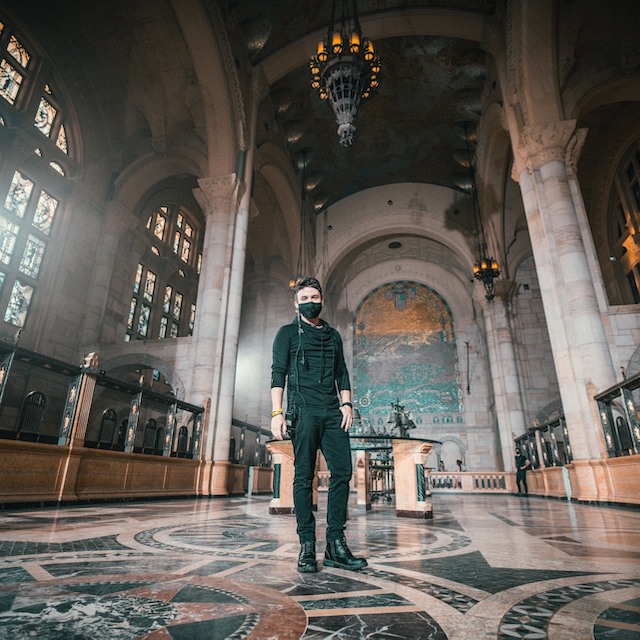How Is AR Affecting The World Of Graphic Design? Rodrigo Lizarraga Shares His Opinion
AR, or Augmented Reality, is already being used for several purposes. Over the past few years, it has become increasingly prevalent, appearing in video games, movie theaters and advertising, so it doesn’t come as too much of a surprise that more and more industries are becoming interested in the possibilities of AR integration.
It has been predicted that by 2022 about 121 million augmented reality headsets will be sold per year, while smartphone VR is also likely to increase the number of people who use AR and VR worldwide. As mobile devices’ screen capabilities get better and better and the AR headset becomes more commonplace, it’s highly likely that the technology is set to have a major impact on the world of graphic design.
This is something that is of special interest to Rodrigo Lizarraga, a highly experienced graphic designer with an impressive background in the industry. In recent years, he has branched out into creating AR filters, and believes that we have only just touched the sides of how AR will affect the graphic design sector.

Apps Will Become More Interactive
“Shopping isn’t a simple, static experience anymore,” Lizarraga points out. “A buyer can now obtain a 3D look at furniture in the context of their own home, or they can see how an outfit might look on their body. Essentially, it’s like going to a real-world store, but with added interactive features.”
An augmented reality app can pull the user into their shopping experience to make shopping from home even more interactive and closer to actually going to a store, and Lizarraga is convinced that more brands are set to tap into the AR experience to show how their products can be used in daily life.
Brands Will Offer More Immersive Experiences
Modern consumers want to be entertained. No longer do they want to enter a store and simply buy an item. They want adventure. This is where AR pairs with graphic design to fill the gap.
“From the moment a user walks into a store or lands on a web page, they will be able to enjoy a more immersive experience,” Lizarraga says. “By using AR, it’s possible to capture consumers right from the instant they interact with the brand.”
He cites a potential example of using an app that sends push notifications to invite shoppers to browse through the brand’s store via a smartphone which highlights the latest items, or the use of an AR code at a trade show to engage the user through a banner or piece of marketing content that comes suddenly to life. He believes that these immersive experiences will become more commonplace as brands tap into the potential of AR and integrate it into their graphic design concepts.
Fluidity In The Design Space
At one time, designers would create elements only on flat screens inside set parameters, however, thanks to AR, design spaces can become more 3-dimensional and fluid. At present, designers are only touching the tip of the iceberg that is experimenting with AR in the design space, but soon, Lizarraga believes that the true potential will be realized.
“It’s possible that eye movements may be tracked in the future so users no longer need to click their mouse or hover their cursor over a button,” he says. “UX designers will be able to create an environment that is highly adaptive and usable for anyone who is visiting a website.”
AR And Print Are Set To Merge
Lizarraga believes too that in the not-so-distant future, AR and print will merge, allowing advertising elements to come to life on the page whenever a user holds their smartphone with its AR app activated over it.
“There will no longer be any need to use your imagination when looking at adverts,” the art director says, “rather the app will take the item out of the page bringing it to life on the user’s smartphone.”
This has already been achieved in the form of the Noovie app, which allows users to play games and engage with the screen at the cinema before the start of the movie through the use of AR. Lizarraga is confident that this technology will only grow and develop as time goes on, making interactive experiences the norm rather than the exception.
Design Is Impacted By Technology
It’s fair to say that emerging technologies have always had their impact on the design sector, but it’s extremely likely that the increased interest in AR will form the basis of the new way we’ll view videos, printed adverts and the internet.
“A designer who embraces AR will be far more desirable to any client who is seeking the next emerging trend in connecting with customers,” Lizarraga says, “but designers mustn’t forget that they still need to keep the traditional principles of design firmly in mind, so that they can create something truly unique which still makes sense, even in the brave new world of the future.”
